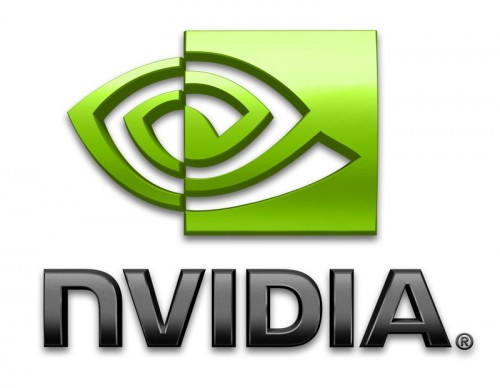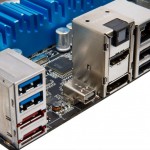
If Nvidia gets its way, enterprise desktops and games could soon be served off the cloud, thanks to new cloud technologies unveiled by the graphics chip giant this week.
Based on the company’s new Kepler GPU (graphics processing unit) architecture, the new technologies — Nvidia VGX and GeForce Grid — are designed for large-scale data centres and tout virtualisation capabilities that allow GPUs to be simultaneously used by multiple users.
The Nvidia VGX platform can be used by enterprises in remote computing that allows applications to be streamed to notebooks or mobile devices through virtualised desktops, while Nvidia GeForce Grid is targeted at gaming-as-a-service (GaaS) providers for delivering rich gaming experiences.
With their streaming display capabilities, energy efficiency and parallel processing power, GPUs can lower data centre costs and speed up data crunching tasks in high-end computing applications such as seismic imaging. Nvidia’s introduction of cloud GPU technologies follows its 1999 invention of the GPU and its 2006 creation of Cuda, a parallel-processing technology.
“Kepler cloud GPU technologies shifts cloud computing into a new gear,” said Huang Jen-Hsun, Nvidia president and chief executive officer, in a media statement. “The GPU has become indispensable. It is central to the experience of gamers. It is vital to digital artists realizing their imagination. It is essential for touch devices to deliver silky smooth and beautiful graphics. And now, the cloud GPU will deliver amazing experiences to those who work remotely and gamers looking to play untethered from a PC or console.”
According to IDC, Nvidia VGX will have a “profound effect” in the centralised virtual desktop (CVD) space. Up till now, allowing multiple virtual machines to access GPUs on a server has been expensive, the analyst company said in a research note.
“In many of our conversations with customers, if the user experience of a CVD implementation is not just as good as a traditional PC, many end users end up rejecting the implementation, causing delays and large incremental costs while trying to figure out the issues,” IDC said, adding that Nvidia VGX can also spearhead CVD deployments in areas like 3-D and healthcare applications that are typically not well suited for remote computing.
In a separate research article, IDC research manager Lewis Ward said Nvidia’s GeForce Grid should allow telcos, cable providers, and hosted infrastructure providers to deliver monthly gaming subscriptions. “Any company that operates consumer-facing data centers could potentially launch a premium GaaS cloud channel, assuming GeForce Grid works as advertized,” he said.
“Interestingly, if Amazon adopted the likes of GeForce Grid technology, it could begin offering white label GaaS cloud services to game developers/publishers. Through a smart TV app and similar apps on PCs and mobile/portable devices, there’s no reason individual developers/publishers couldn’t launch their own gaming channels,” Ward added.






